until Abu Dhabi Autonomous Racing League

In terms of homegrown American drivers over the last decade, I’d have to argue Josef Newgarden was the prodigious talent early on, and more recently Colton Herta has become the heir apparent to an IndyCar throne.
Interestingly, those talents have one thing very much in common. They were both engineered early on by an engineer who clearly deserves a lot of praise for bringing on young drivers. His name is Nathan O’Rourke.
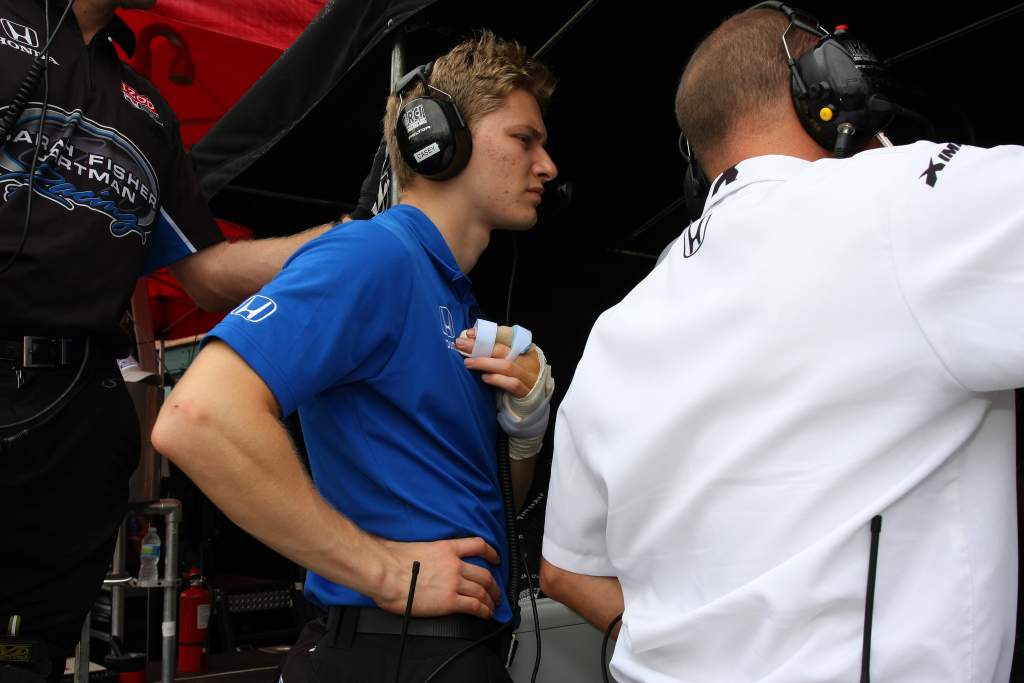
Newgarden (pictured above with O’Rourke) came into a team – Sarah Fisher Hartman Racing – that was performing at a lower level when he joined in 2012, so it took a little longer to deliver the results we’ve come to expect later on.
Herta has always either driven for Andretti or its affiliates in IndyCar and won two races and took three poles in his rookie season with Harding Steinbrenner Racing.
Asked by The Race what it is he’s able to do to bring on young drivers so quickly, O’Rourke replies: “I think I get given really good drivers!
“In the case of both those guys, Josef and Colton, you knew right away that they were just incredibly talented, right? It didn’t take several outings for them to work up to speed, you just knew right away.
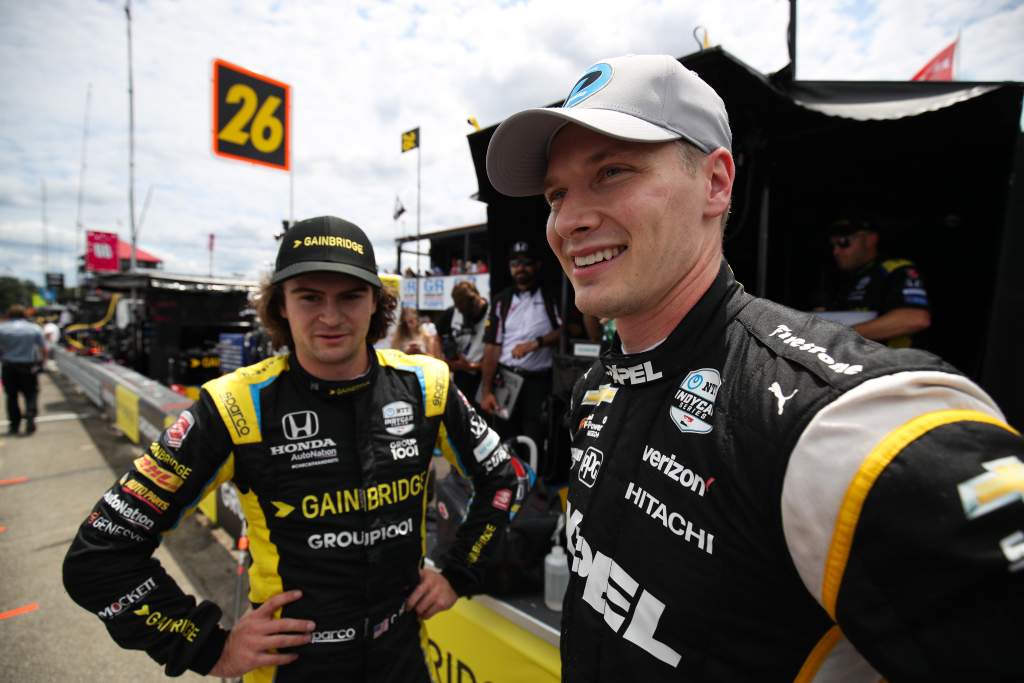
“Neither one of those guys need a lot of coaching, they’re very adaptable, they’re able to use video, data, just figure out if other guys are doing something better than them. And they’re also good at trying different things, both of them.
“So those are the guys that are easy to bring up quickly, and I can just focus on making the cars better.
“If there’s something I could have done better with both those guys in their rookie year, just trying to get them to calm down a little bit.
“The hard part’s going fast. That’s the difficult part. The easy part’s not doing dumb stuff, right? I think I failed both those guys probably in their rookie seasons of not just like, corralling all that pure talent, right?
“That’s going out there and knocking wings off or having DNFs, nothing good happens from a DNF, so many times for both those guys in their rookie season we went out and it was crazy fast but something silly would happen as we overstepped.
“So if I could critique myself with those guys, I think I did them a disservice by not calming them down a little bit.”
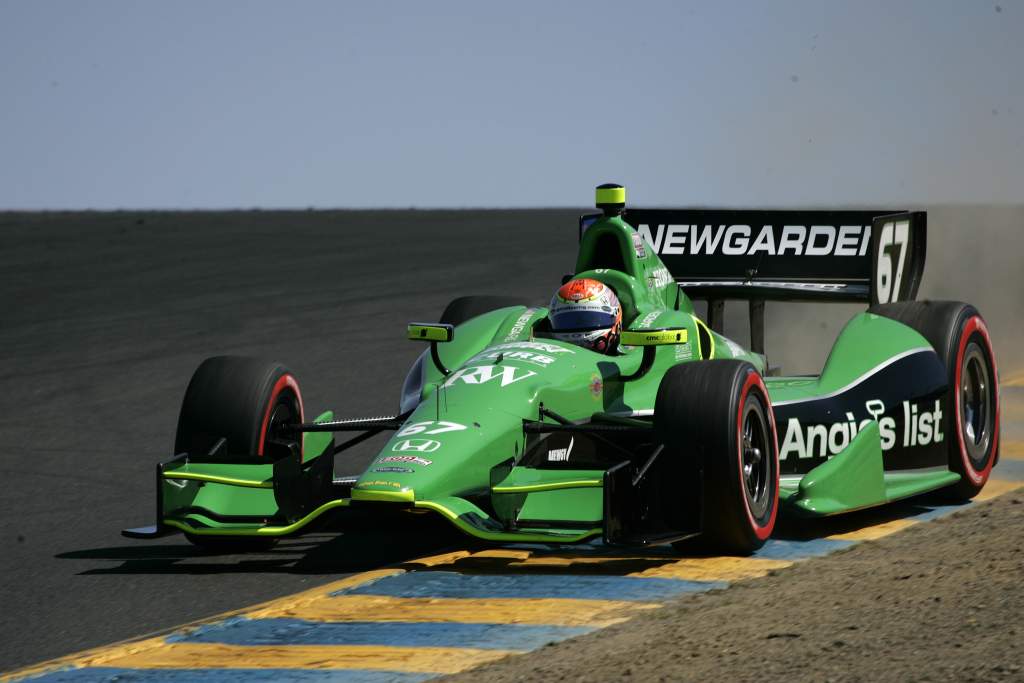
Despite the wins and poles Herta finished outside of the top 15 seven times in 17 races in his rookie year including four outside of the top 20. Newgarden’s 2012 rookie year was also a slog with a best finish of 11th.
However, you could argue those years were pivotal in the learning curve for those drivers – after all, if you don’t make mistakes, you don’t tend to learn much either.
Herta – as you might expect – is a bit more complimentary of O’Rourke’s skillset than the man himself is.
The duo has gone from sporadic performances in 2019 to leading the Andretti team in 2020, and then delivering some spellbinding drives over the course of 2021, mostly drawn back by some bad luck and reliability issues.
“What he was really good at when I was initially coming into IndyCar, was my knowledge of mechanical balance and changes was relatively low,” Herta tells The Race.
“Especially compared to what it is now.
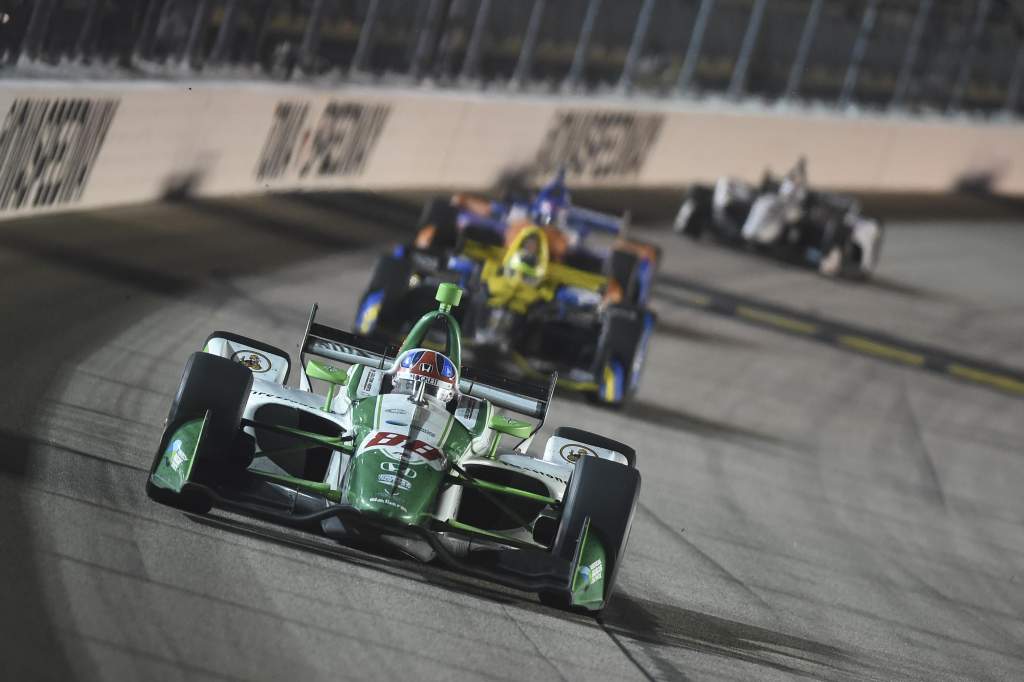
“And he was really good at explaining it in a way that I could understand about what the changes are, what we can expect for them, what they do to the car mechanically.
“Just so I could have a little bit more knowledge and expectation from what I was going to feel. And then I would make the final decision if that was actually the feeling that I was getting or if it was kind of a little different.
“He’s also really good at compartmentalising things and understanding what needs to be done or what is actually going on in the weekend.
“And the true balance might not be what we feel like it is when the track heats up for qualifying or when the track’s going to change and he’s really good at understanding changes throughout the weekend and kind of what we can expect going into the next session.”
That’s half the battle in current IndyCar when times are so close together: predicting track conditions and what they are going to do next and how to engineer the car around that.
Obviously O’Rourke is part of a bigger engineering team at Andretti, but it’s clear he’s highly respected for his methodical approach over a race weekend especially.
But he and Colton are also similar in that they are calm, but aren’t afraid to take risks to be successful.
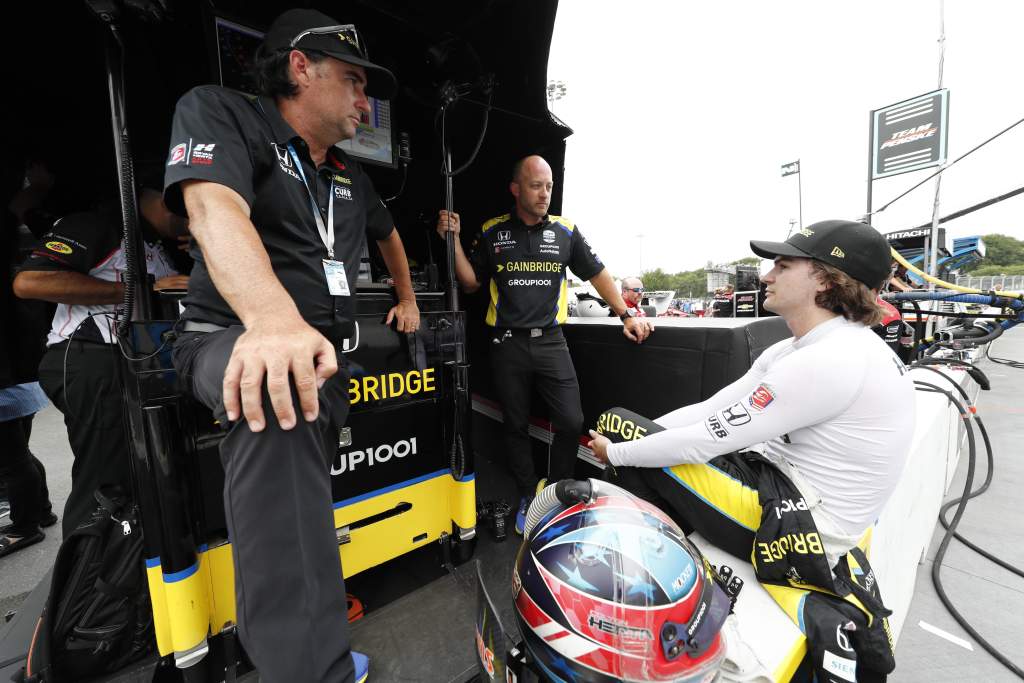
“I think Colton and I have pretty similar personalities,” O’Rourke adds.
“We’re both really calm, cool, collected, pragmatic, calculated with our decisions, making sure we’re efficient with our time.
“But when it comes to our approach, it’s extremely aggressive. You look at Colton, he doesn’t look like an aggressive guy. But you put him in a car and he is.
“Maybe you could say the same thing about me from an engineering standpoint, I don’t come across as aggressive.
“But when we’re out there we’re not afraid to make aggressive decisions, when it’s time to be brave or ready to be brave.”
Fundamentally there’s truth in O’Rourke’s statement that he’s been given good drivers.
Adaptability seems to be the key trait in IndyCar at the moment and Herta/Newgarden have it in spades. We’ve seen it in various drivers, from Pato O’Ward to Scott Dixon – that it’s a key part to running at the front in IndyCar consistently even if the car isn’t to your liking.
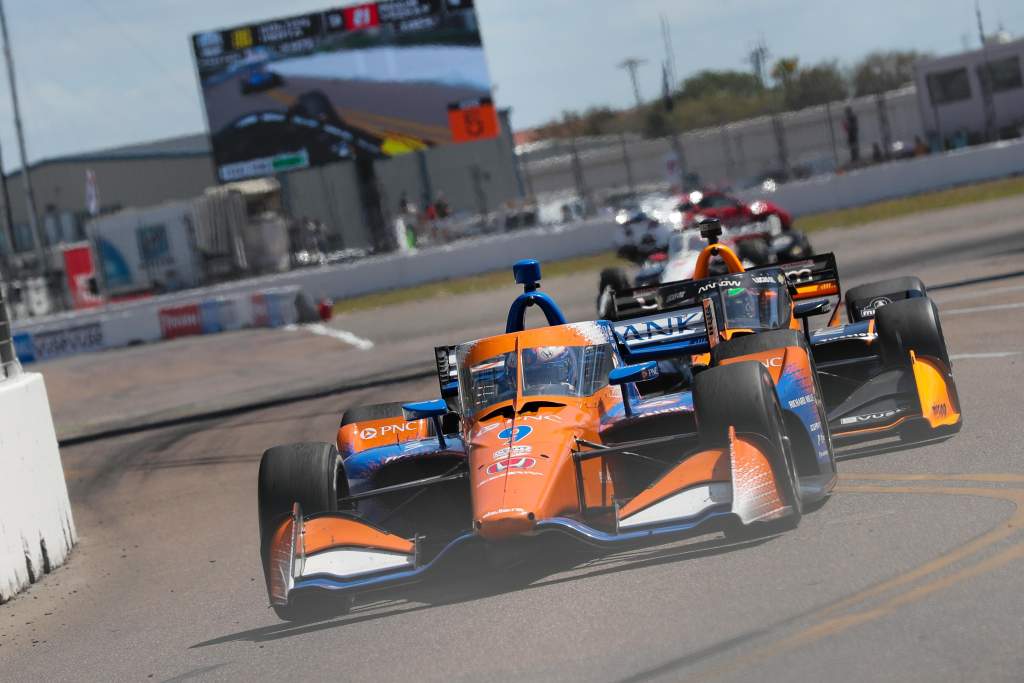
Some would argue there’s a negative to this, in that if a driver is too adaptable you don’t diagnose or fix the fundamental weaknesses of the car, and there is truth to that.
But, a lot of IndyCar weekends revolve around changing track conditions and there’s so little time on track now that it’s basically impossible to give a driver a perfect car in the time allowed.
Especially when you’re switching to a soft tyre compound in qualifying when you only have three laps on it in practice, or you’re trying to work out how long that tyre will last in the race – again, after three laps of practice – over a 20 lap stint, and build your set-up to predict that.
When you consider these things you begin to understand why the adaptability is so vital at the moment in this series.
“I think you have to have that, it’s not a nicety, it’s a prerequisite,” O’Rourke adds of the shared adaptability of Newgarden and Herta and the style of current IndyCar.
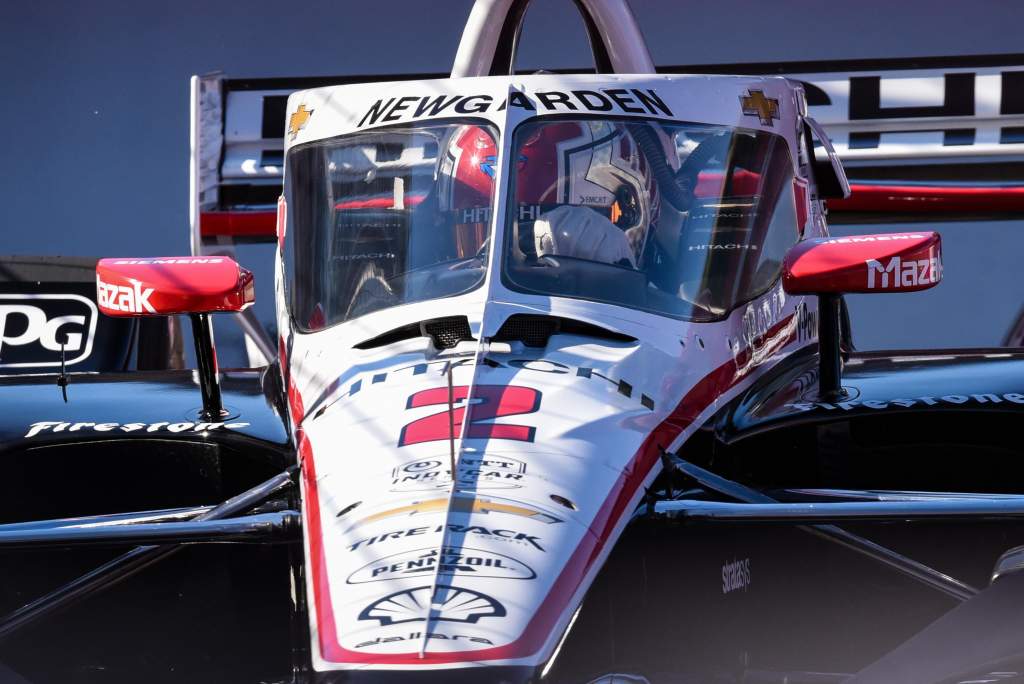
“Because there’s certain things that I won’t see in time. Especially with these 45 minute sessions, stuff is happening so fast, like I’m just trying to keep the car running, or managing time and changing tyres.
“He’s going to catch on to certain things because he’s out there seeing it before I am, because I’m not able to process all that data in a 45 minute session.
“The drivers have to do that during the session, so that we can react to it during the session instead of me finding it at midnight on my computer. So yeah, that’s a huge help.”
This adaptability does breed difficulty in trying to analyse driving style these days – which is one of the reasons speaking to IndyCar engineers is so fun but also vital – because it’s tough to pick out on track.
I can look at a driver making a wide entry or that tends to have a kick of oversteer on the exit, but without sitting on the engineer briefings or being behind the wheel myself, how do I know whether that’s a driver’s inherent style or if it’s adaptation?
O’Rourke reveals some of the detail behind Herta’s wants and needs.
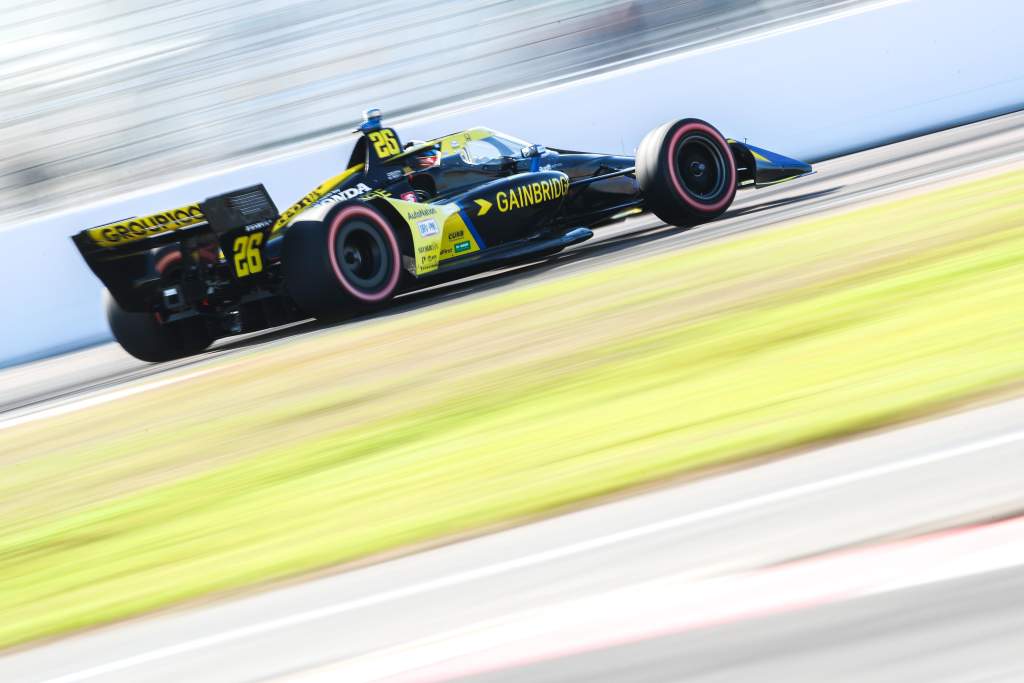
“I would say his biggest preference is to have a rear that’s tied down on the entry, so that he can turn in aggressively into the corner,” he says.
“He likes to turn in late and he likes to turn in wide. You can see that on TV. So he needs a really stable rear end to do that.
“Some guys like to do an earlier or shallower turn-in which means they need to have less understeer in the car. But first thing first [for Colton] is lock the rear down.
“If the rear is not locked down, he can’t drive the way he prefers to drive quickest.”
So there’s still an element of necessity to even the most adaptable drivers like Herta, although there’s been race weekends the team have struggled to secure the rear and gone on to be successful because of Herta’s underlying talent.
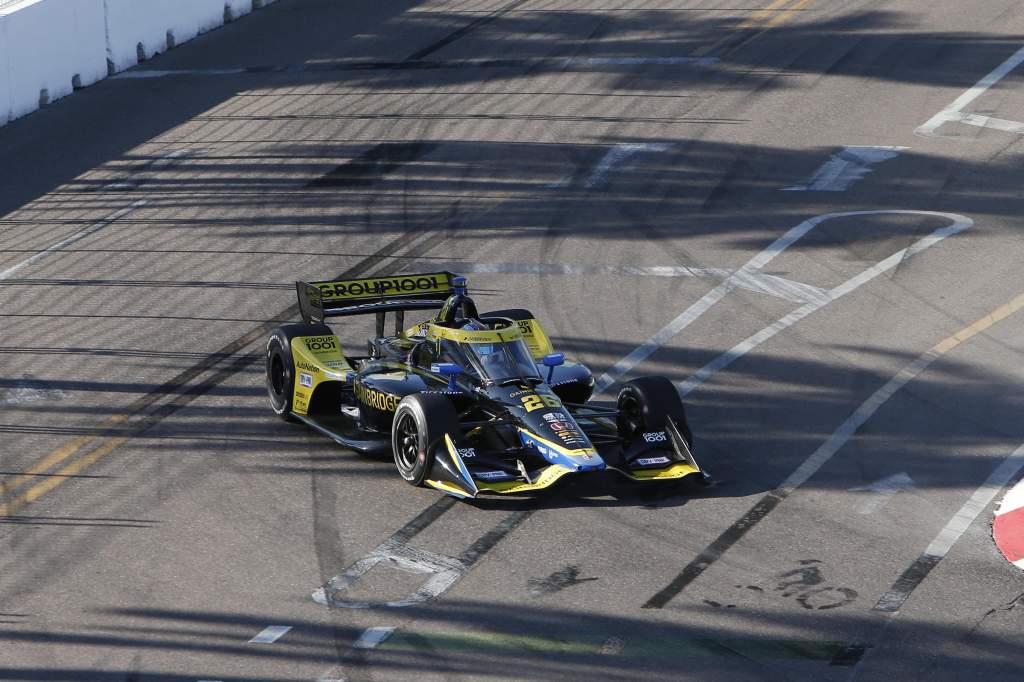
O’Rourke clearly has a knack for identifying what a young driver needs to succeed and is able to help deliver it. It’s clear from the learning process and the end product with Newgarden and Herta that he is especially adept at that.
But fundamentally what might make O’Rourke even better in the current IndyCar climate is being brilliant at assessing everything in front of him over a short race weekend and almost predicting the changes needed to stay ahead of the conditions. It’s much more difficult than it sounds.
It’s a team game, too. If O’Rourke can’t give Herta the car he wants, Herta adapts and still gives the team the results it needs. It’s a perfect partnership.
If Herta does make the jump to Formula 1 in the next couple of years, I’ll be almost as excited to see who O’Rourke gets paired up with next, as that driver could be destined for great things.



